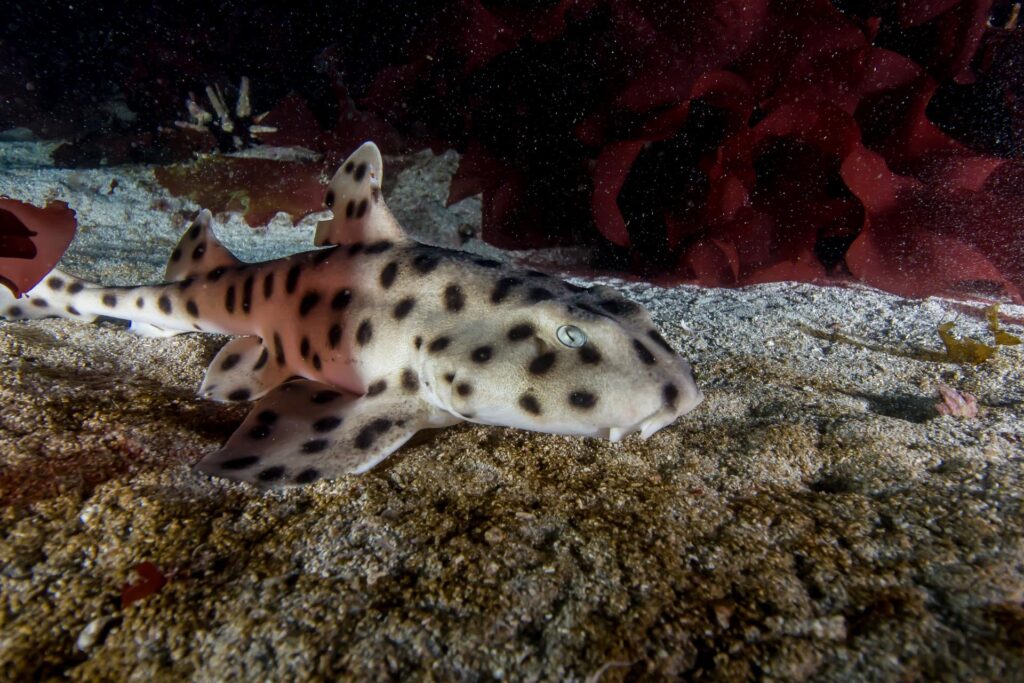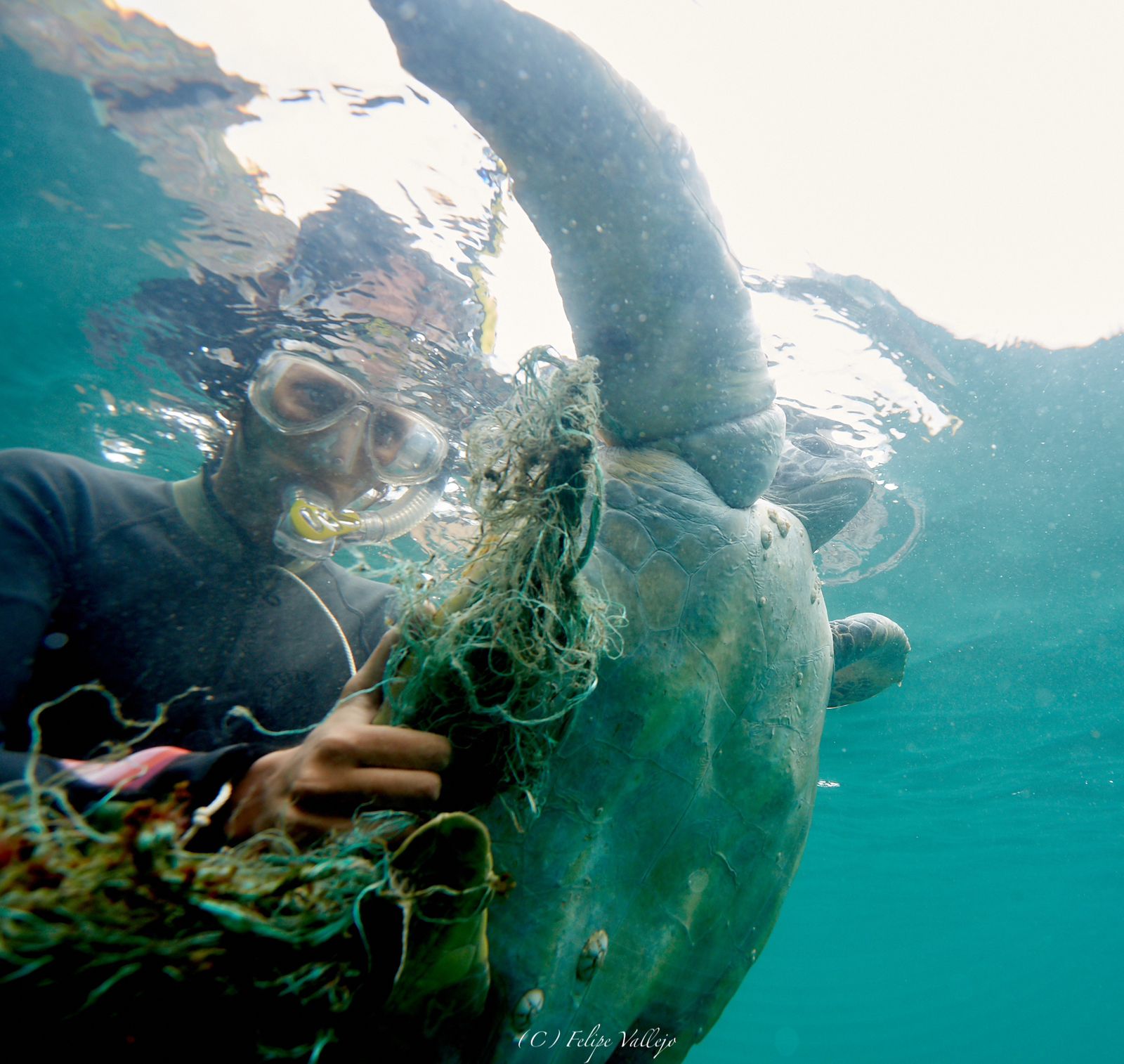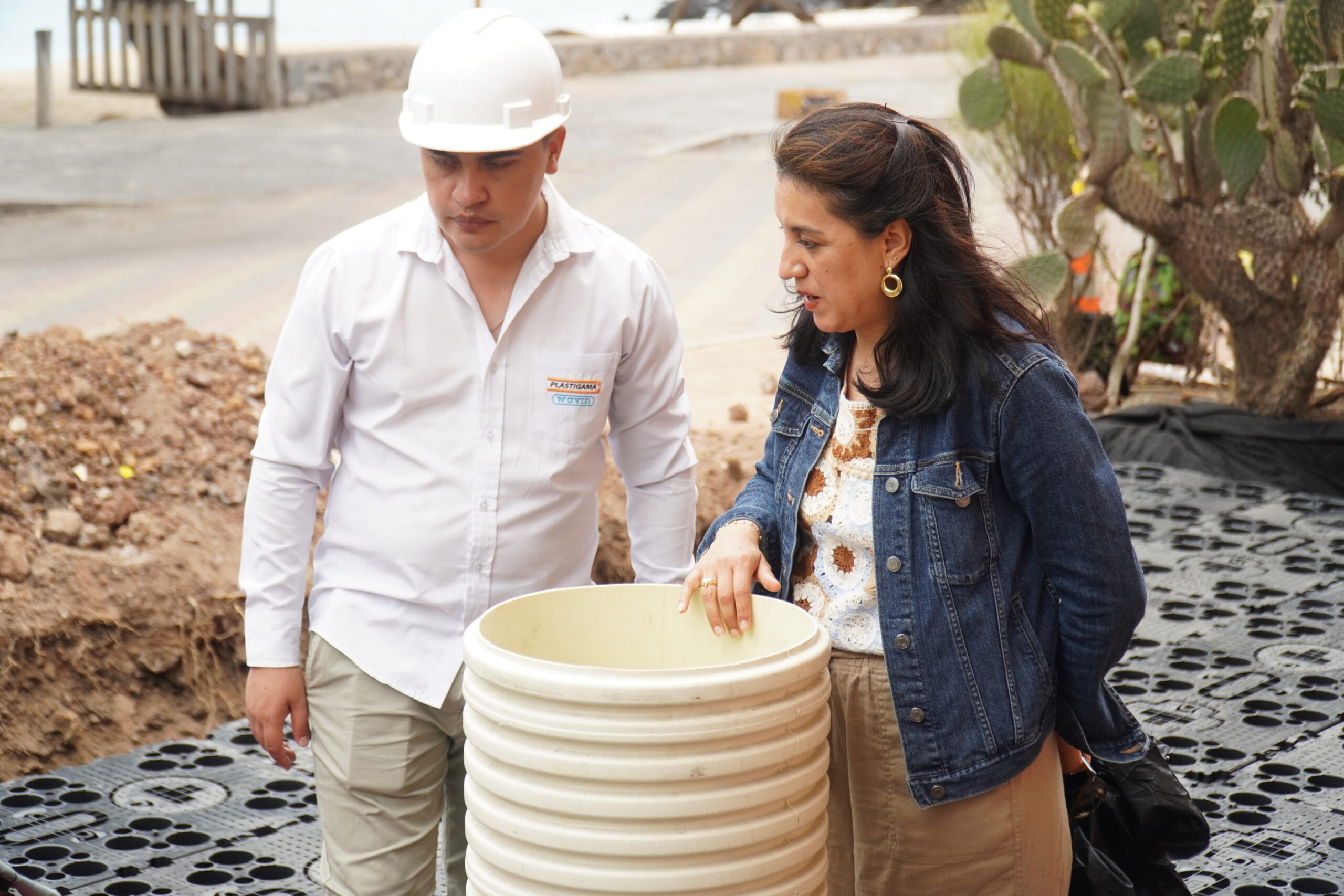Authors: Maximilian Hirschfeld, Adam Barnett, Marcus Sheaves and Christine Dudgeon
Oceanic islands play a central role in the study of evolution and island biogeography. The Galapagos Islands are one of the most studied oceanic archipelagos but research has almost exclusively focused on terrestrial organisms compared to marine species. Here we used the Galapagos bullhead shark (Heterodontus quoyi) and single nucleotide polymorphisms (SNPs) to examine evolutionary processes and their consequences for genetic divergence and island biogeography in a shallow-water marine species without larval dispersal. The sequential separation of individual islands from a central island cluster gradually established different ocean depths between islands that pose barriers to dispersal in H. quoyi. Isolation by resistance analysis suggested that ocean bathymetry and historical sea level fluctuations modified genetic connectivity. These processes resulted in at least three genetic clusters that exhibit low genetic diversity and effective population sizes that scale with island size and the level of geographic isolation. Our results exemplify that island formation and climatic cycles shape genetic divergence and biogeography of coastal marine organisms with limited dispersal comparable to terrestrial taxa. Because similar scenarios exist in oceanic islands around the globe our research provides a new perspective on marine evolution and biogeography with implications for the conservation of island biodiversity.
Read the article in the link: https://rdcu.be/dnDRW





